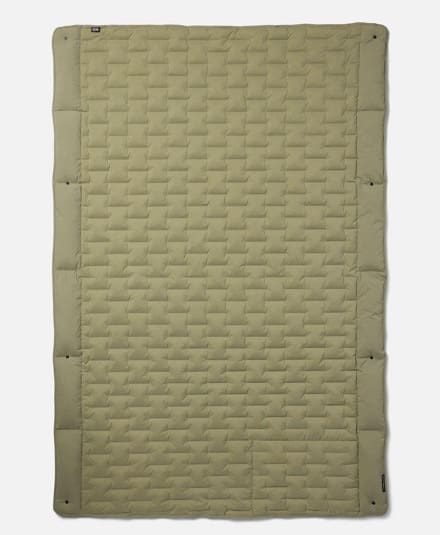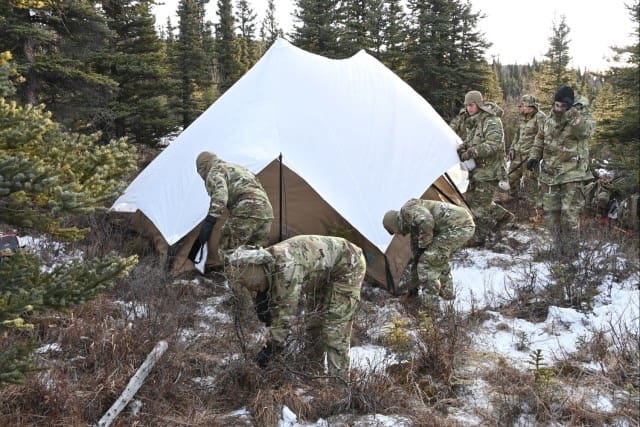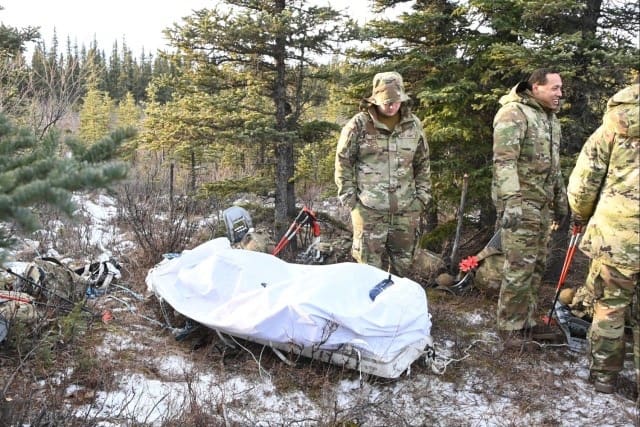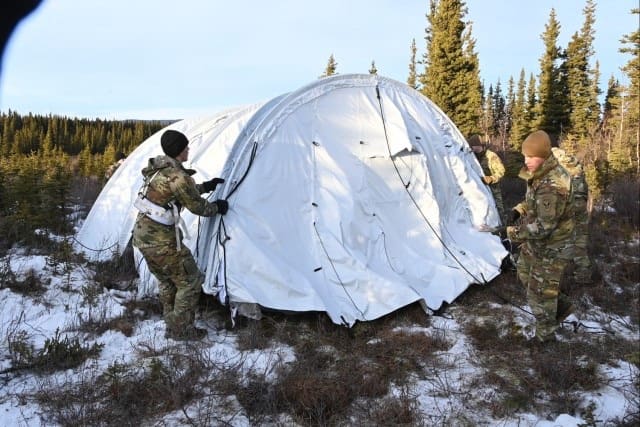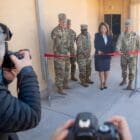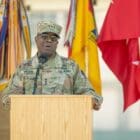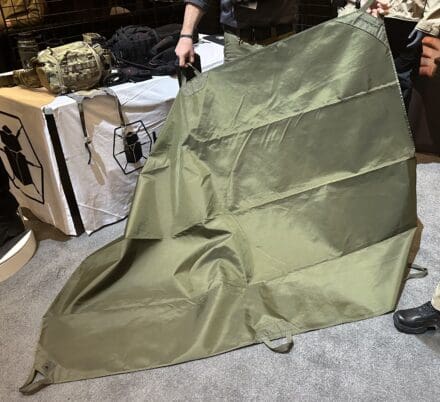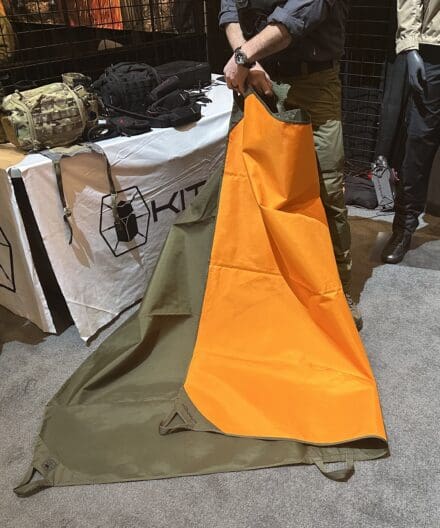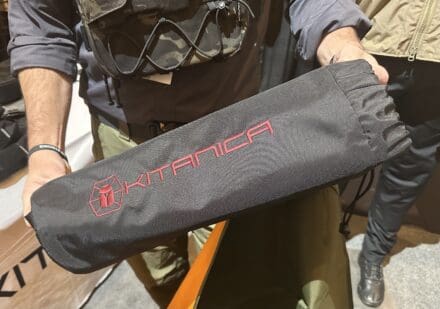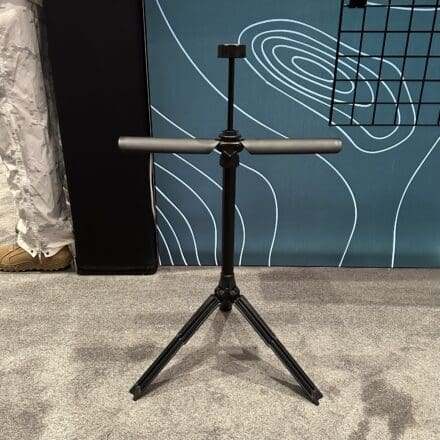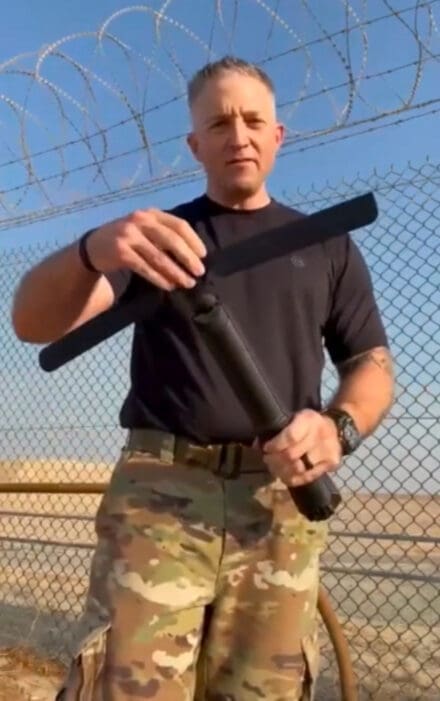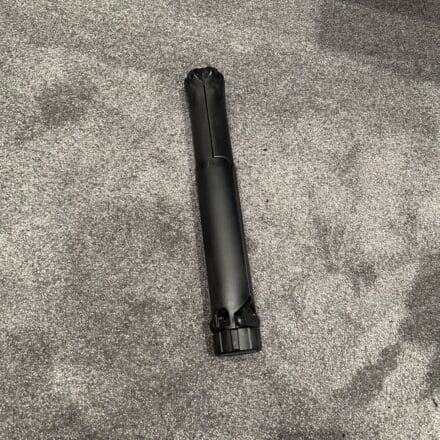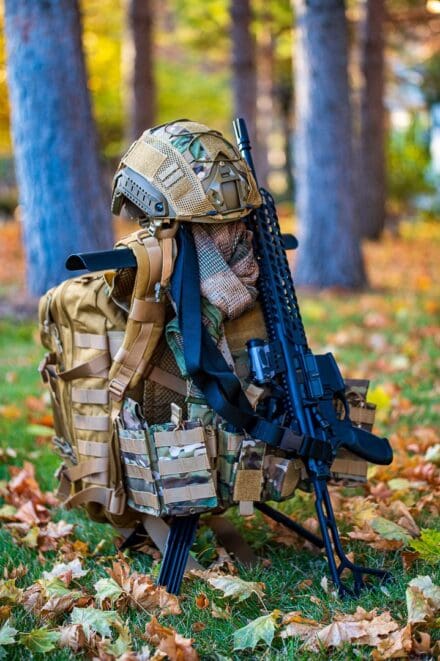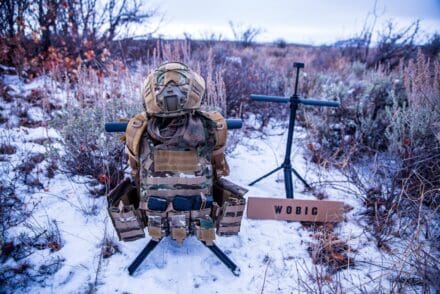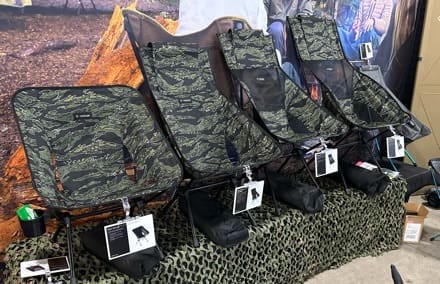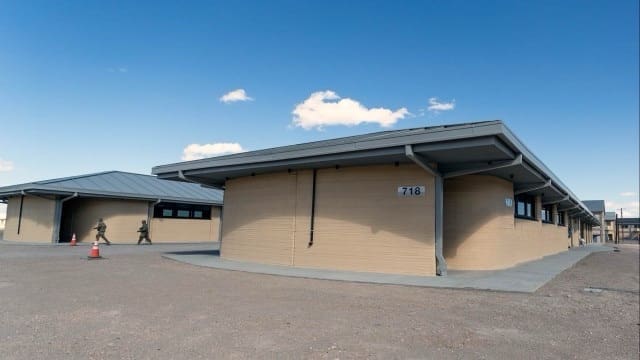
FORT BLISS, Texas — The “Home of America’s Tank Division” now houses the Defense Department’s first 3D-printed barracks.
Lt. Gen. David Wilson, deputy Army chief of staff, G-9 (Installations), and Sgt. Maj. Michael Perry, his senior enlisted adviser, joined 1st Armored Division and Fort Bliss Garrison leaders for the official ribbon-cutting ceremony on Jan. 29, 2025.
The facilities on West Bliss are one of two new sites at Fort Bliss featuring this innovative military infrastructure. They are the first 3D-printed structures to comply with the Defense Department’s updated Unified Facilities Criteria, a mandate updated annually that provides construction guidance DOD-wide and now reflects standards for additive manufacturing, or 3D-printed, facilities.
According to ICON, an Austin, Texas, company that spearheaded the project, the buildings each encompass 5,700 square feet. When construction began in 2024, these barracks were the largest planned 3D-printed structures in the Western Hemisphere.
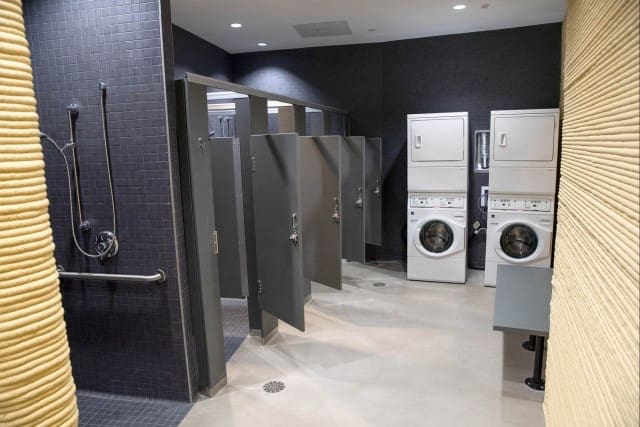
In total, three buildings were opened at Fort Bliss: two in the Pershing Heights area and one at Camp McGregor on the Fort Bliss Training Complex in New Mexico.
The project was completed with assistance from the Fort Bliss Garrison Directorate of Public Works and the U.S. Army Corps of Engineers, who were essential in ensuring the safety certifications of these privately built structures.
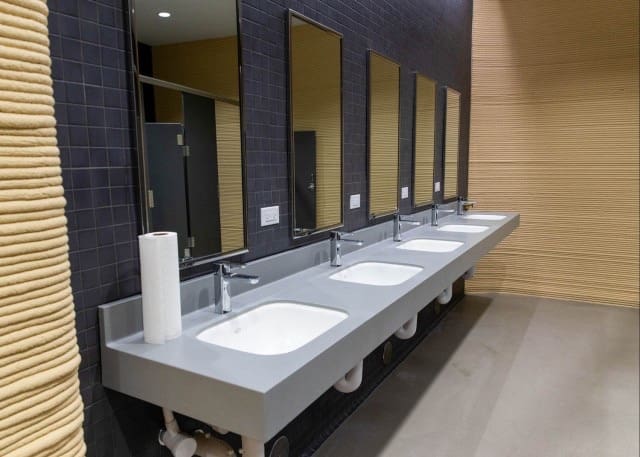
The newly opened facilities will initially house troops deploying to Fort Bliss in support of the installation’s Mobilization Force Generation Installation mission. Fort Bliss processes and trains approximately 70,000 service members annually, with support from Army Reserve and National Guard units that deploy to Fort Bliss for annual rotations.
The new barracks at Fort Bliss can house up to 56 Soldiers per building. The Pershing Heights facilities will be first used by the 382nd Military Police Detachment, an Army Reserve unit from Massachusetts, which will be heading to Fort Bliss in support of the MFGI mission.

The 3D-printing, or additive manufacturing, process begins with designing the facility using computer-aided design (CAD) software. The barracks design was then virtually sliced into horizontal layers and vertically rejoined.
The barracks were built with ICON’s Vulcan printer, a five-ton, gantry-style 3D printer that stands almost 16 feet tall and 47 feet wide. The machine uses a proprietary concrete-based material called Lavacrete, which can be tailored to local environmental conditions, including humidity and temperature, ensuring optimal performance and aesthetic appeal.
Wilson served with the 1st Armored Division at Fort Bliss from 2008 to 2010 as the 121st Brigade Support Battalion commander shortly after the division moved its headquarters from Ansbach, Germany, to El Paso, Texas.
He recalled the borderland as “one of the warmest and most welcoming communities I had ever been a part of in my 38 years of service, both as an enlisted Soldier and a commissioned officer.”
The Army G-9 oversees Army housing, military construction and infrastructure investment, child care, energy and water security, resilience and sustainability, installation environmental management and stewardship, and other installation-related concerns.
“The great senator Robert Francis Kennedy once said, ‘Do not look at things and wonder why, dream new ideas and say ‘why not?’” Wilson said. “We’re here today because many people dreamed of new ideas and said ‘why not,’ and that’s why we’re delivering this state-of-the-art facility to the Army today.
“Fort Bliss is not only a military installation; it’s a cornerstone of our nation’s defense and a symbol of resilience, strength, and enduring commitment to our nation—a place of growth and transformation. This post has evolved with the times, embracing new technologies, new strategies, and new ways of serving our country,” he said. “So, it’s fitting that we gather here today to open new barracks that embody the same spirit of evolution and progress.”
By David Poe
